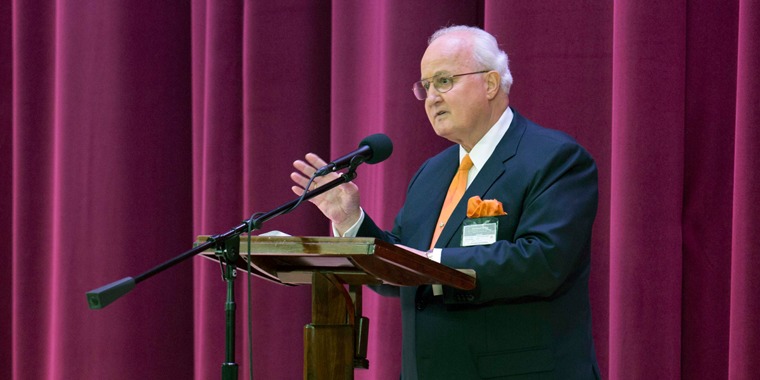
And so, we had rational discussions about it. I had a cover of the JET, took it to school.


And we had discussions in our class about Emmett Till. He remembers, “I was devastated by the fact that Emmett could have been me or any other black kid around that same age. Dorie Ladner was inspired to learn more about the law after Bryant and Milam were acquitted: “That’s where the light bulb went off: Why aren’t they being punished? And that’s when I went on my quest to try to understand the whole legal system and equal rights and justice under the law.” Joyce Ladner discusses how she coined the term, “Emmett Till Generation,” which she uses to describe the African American baby boomers in the South who were inspired by Till’s murder to join a burgeoning movement of mass meetings, sit-ins, and marches to demand their equal treatment under the law.Ĭleveland Sellers was 11 years old when he learned about Emmett Till through JET. Sisters Joyce and Dorie Ladner, who grew up in Mississippi, remember keeping a scrapbook of every article about Till and their fear that their brothers could be killed too. Bryant and Milam were acquitted, however, which outraged the African American community nationwide.Īfrican American children and teenagers, particularly those in the South, were shocked by the photographs in JET and the outcome of the trial.
#Jw public talk 28 trial#
And the entire black community was becoming aware of the need to do something about it.” The two journalists also covered the trial and were instrumental in helping to find some key witnesses. And there was a lot of interest in that case. They had to reprint, the first time they ever reprinted JET magazine. In this joint interview, Booker explains: “ JET’s circulation just took off when they ran the picture. Booker attended the funeral with photographer David Jackson, who took the famous image of Till in the coffin. Two journalists, Moses Newson and Simeon Booker, were assigned to cover the murder for the Tri-State Defender and JET, respectively. The air was filled with just, I guess, unbelief and how could it happen to a kid? People just felt helpless.”

Parker describes the funeral in Chicago, which drew thousands of people: “The solemn atmosphere there, you know, it’s just – it’s just unbelievable, I guess you could say. They both describe their family’s background in Mississippi and Chicago, the incident at Bryant’s store, and the terror they felt when Bryant and Milan entered their home and took Till. Two of Emmett Till’s cousins, Wheeler Parker and Simeon Wright, witnessed Till’s kidnapping on the night of Augat the home of Moses Wright.

Many interviewees in the Civil Rights History Project remember how this case deeply affected their lives. The newspaper coverage and murder trial galvanized a generation of young African Americans to join the Civil Rights Movement out of fear that such an incident could happen to friends, family, or even themselves. Milam, kidnapped and brutally murdered Till, dumping his body in the Tallahatchie River. Her husband, Roy Bryant, and brother-in-law, J.W. While visiting his relatives in Mississippi, Till went to the Bryant store with his cousins, and may have whistled at Carolyn Bryant. The murder of 14-year-old Emmett Till in 1955 brought nationwide attention to the racial violence and injustice prevalent in Mississippi. Listen to this page The Murder of Emmett Till


 0 kommentar(er)
0 kommentar(er)
